In the world of graphics processing units (GPUs), memory clock speed is a key factor that influences performance and overall system efficiency. While high-end GPUs often boast impressive memory clock speeds, it’s essential to understand what a lower MHz, means for your graphics card. This comprehensive guide delves into the implications of a GPU memory clock at 810 MHz, exploring its effects on performance, stability, and practical usage in various scenarios.
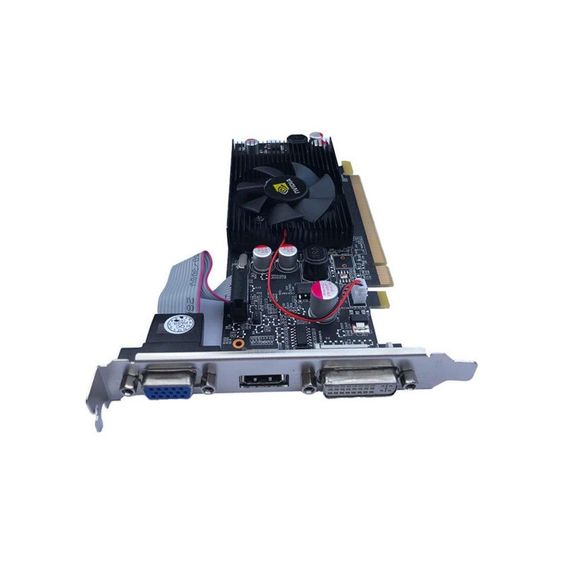
Table of Contents
1. Introduction to GPU Memory Clock
1.1 What is GPU Memory Clock?
The GPU memory clock, or VRAM clock speed, is the rate at which the memory on your graphics card operates. Measured in megahertz (MHz), this speed determines how quickly data can be read from or written to the GPU’s memory. The memory clock speed is crucial for the GPU’s ability to process and render graphics efficiently.
1.2 Importance of GPU Memory Clock at 810
Memory clock speed affects several aspects of GPU performance:
- Data Transfer Rate: Faster memory speeds allow for quicker data transfer between the GPU and its memory, which can enhance overall performance.
- Bandwidth: The memory clock speed contributes to the available bandwidth, impacting how effectively the GPU handles complex textures and large datasets.
- Rendering Efficiency: Higher memory speeds can improve rendering efficiency, leading to smoother visuals and higher frame rates in applications and games.
2. Understanding 810 MHz Memory Clock Speed
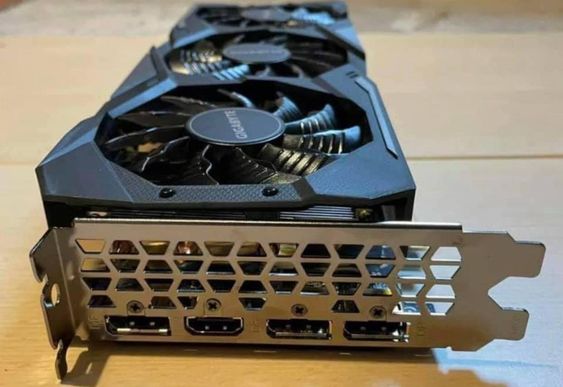
2.1 What Does 810 MHz Mean?
A GPU memory clock speed of 9500 MHz is relatively low compared to modern high-performance GPUs. This speed indicates how quickly the GPU’s memory operates, and it can have varying implications depending on the context in which the GPU is used.
2.2 Comparison to Other Speeds
To put 810 MHz in perspective:
- Standard Speeds: Many contemporary GPUs have memory clock speeds ranging from 1500 MHz to 2000 MHz, with effective speeds often reaching 6000 MHz to 8000 MHz.
- High-End Models: High-performance GPUs can feature memory clocks of 8000 MHz to 10000 MHz or more GPU Memory Clock at 810, designed for demanding tasks and higher resolutions.
2.3 Real-World Implications GPU Memory Clock at 810
A GPU Memory Clock at 810 offers limited bandwidth and performance:
- Lower Bandwidth: The relatively low clock speed results in less bandwidth, which may impact the GPU’s ability to handle large amounts of data efficiently.
- Basic Performance: GPUs with 810 MHz memory clocks are typically suited for less demanding tasks and lower resolutions.
3. Performance Impact of a GPU Memory Clock at 810
3.1 Gaming Performance
For gaming applications:
- Limited Frame Rates: A GPU with a memory clock of 810 MHz may struggle to deliver high frame rates, particularly in modern games that require significant bandwidth.
- Reduced Graphics Quality: Lower memory speeds can impact the ability to handle high-resolution textures and complex graphical elements, potentially leading to reduced graphics quality.
3.2 Professional Applications
In professional use cases such as video editing or 3D rendering:
- Slower Processing: Tasks involving large files or high-resolution assets may experience slower processing times with a GPU running at 810 MHz.
- Productivity Impact: The limited memory speed can affect overall productivity, especially in applications that demand high performance.
3.3 Comparison with Higher Clock Speeds
Comparing GPU Memory Clock at 810 to higher clock speeds:
- Performance Gap: There is a noticeable performance gap between 810 MHz and higher memory speeds, with the latter providing better handling of complex tasks and higher resolutions.
- Use Case Suitability: Higher memory speeds are generally more suitable for gaming, professional applications, and tasks that require substantial graphical processing power.
4. Stability and Cooling Considerations
4.1 Stability at Lower Clock Speeds
A GPU Memory Clock at 810 MHz is generally stable and less prone to issues:
- Less Heat Generation: Lower clock speeds generate less heat, reducing the risk of overheating and stability issues.
- Less Strain on Components: With lower memory speeds, the GPU experiences less strain, leading to fewer stability concerns.
4.2 Cooling Requirements
For GPUs running at lower speeds:
- Basic Cooling Needs: Cooling requirements are minimal compared to high-performance GPUs, and standard cooling solutions are typically sufficient.
- Maintaining Optimal Conditions: Even with lower speeds, ensuring proper ventilation and airflow is important for maintaining overall system health.
5. Optimizing GPU Performance at 810 MHz
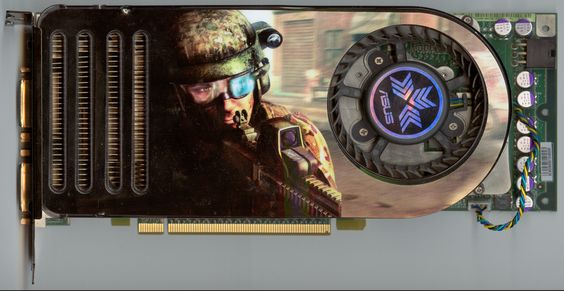
5.1 Adjusting Settings for Better Performance
To get the most out of a GPU Memory Clock at 810 MHz:
- Optimize Game Settings: Adjusting game settings to lower resolutions or reduced graphical details can help achieve smoother performance.
- System Tuning: Make sure that your system settings are optimized for the hardware you have to maximize efficiency.
5.2 Upgrading for Improved Performance
If performance needs exceed the capabilities of a GPU Memory Clock at 810 MHz:
- Consider Upgrading: Upgrading to a GPU with a higher memory clock speed can provide significant performance improvements for gaming and professional applications.
- Evaluate Needs: Assess your performance requirements and choose a GPU that matches your needs for better results.
6. Power Consumption and Efficiency
6.1 Power Consumption Trends
A GPU with a GPU Memory Clock at 810 MHz typically has lower power consumption:
- Lower Power Draw: Reduced clock speeds result in lower power draw, making the GPU more energy-efficient.
- Impact on PSU: Power supply requirements are generally lower, which can benefit systems with limited power resources.
6.2 Efficiency Considerations
Balancing power consumption with performance:
- Efficiency vs. Performance: While a lower memory clock offers efficiency, it may come at the cost of reduced performance for demanding applications.
- Choosing the Right GPU: For users seeking a balance between power efficiency and performance, selecting a GPU that aligns with their needs is essential.
7. Comparing 810 MHz Memory Clock Across Different GPUs
7.1 Entry-Level GPUs
Entry-level GPUs often feature GPU Memory Clock at 810 MHz:
- Typical Specifications: These GPUs are designed for basic tasks and less demanding applications, making them suitable for casual use or budget builds.
- Performance Expectations: While they may not excel in high-performance scenarios, they can handle everyday tasks and light gaming effectively.
7.2 Mid-Range and High-End GPUs
Mid-range and high-end GPUs have significantly higher memory clocks:
- Higher Speeds: Memory clocks in these GPUs range from 1500 MHz to 10000 MHz or more GPU Memory Clock at 810, offering enhanced performance for gaming and professional work.
- Comparative Performance: Higher clock speeds provide better performance and bandwidth, making them suitable for demanding applications and higher resolutions.
8. Troubleshooting Common Issues
8.1 Performance Issues
If you experience performance issues with a GPU Memory Clock at 810 MHz:
- Check Settings: Ensure that game and application settings are adjusted appropriately for the GPU’s capabilities.
- Driver Updates: Verify that drivers are up-to-date, as outdated drivers can affect performance.
8.2 Stability Problems
For stability concerns:
- Monitor Temperatures: Even though lower clock speeds generate less heat, monitoring temperatures ensures that the GPU operates within safe limits.
- System Maintenance: Regular maintenance and cleaning of the system can prevent dust buildup and other issues that may affect stability.
9. Conclusion
In summary, a GPU Memory Clock at 810 MHz represents a lower end of the spectrum, suitable for basic tasks and entry-level gaming. While it may not offer the performance capabilities of higher memory speeds, it provides adequate performance for less demanding applications. Understanding the implications of this memory clock speed helps users make informed decisions about their hardware and optimize their systems accordingly.
By evaluating your performance needs, considering upgrades, and ensuring proper system maintenance, you can maximize the efficiency and longevity of your GPU, regardless of its memory clock speed.
Frequently Asked Questions About GPU Memory Clock at 810 MHz
1. What is a GPU memory clock at 810 MHz?
A GPU Memory Clock at 810 MHz refers to the rate at which the memory (VRAM) on your graphics card operates. This speed is measured in megahertz (MHz) and affects how quickly the GPU can access and process data from its memory. A GPU Memory Clock at 810 MHz is relatively low compared to modern GPUs, which often have much higher memory speeds.
2. How does a GPU Memory Clock at 810 MHz impact GPU performance?
A 810 MHz memory clock speed generally results in:
- Lower Bandwidth: Limited data transfer rates between the GPU and its memory, which can affect performance in data-intensive tasks.
- Basic Performance: Suitable for less demanding applications and lower resolutions but may struggle with high-performance gaming or professional applications.
3. Is 810 MHz a common memory clock speed for GPUs?
No, 810 MHz is not common among modern GPUs, which typically feature much higher memory clock speeds:
- Entry-Level GPUs: Some entry-level or older GPUs might have memory clocks around 810 MHz.
- High-End Models: High-performance GPUs often have memory clock speeds ranging from 1500 MHz to 10000 MHz or more.
4. Can I achieve better performance with a GPU that has a memory clock speed of 810 MHz?
While 810 MHz provides basic performance, it has limitations:
- Performance Gains: Upgrading to a GPU with a higher memory clock speed can significantly improve performance in gaming, rendering, and other demanding tasks.
- Optimization: For better performance with a 810 MHz GPU, optimize settings in games and applications to match the GPU’s capabilities.
5. How does a lower memory clock speed affect power consumption?
A GPU with a memory clock speed of 810 MHz generally consumes less power:
- Lower Power Draw: Reduced clock speeds result in lower power consumption, which can be beneficial for energy efficiency and systems with limited power supplies.
6. What are the stability considerations for a GPU running at 810 MHz?
A 810 MHz memory clock is typically stable and less prone to issues:
- Heat Generation: Lower speeds generate less heat, reducing the risk of overheating and stability problems.
- Cooling Needs: Standard cooling solutions are usually sufficient for maintaining stability at this clock speed.
7. Can I overclock a GPU with a memory clock of 810 MHz?
Yes, you can overclock a GPU with a memory clock of 810 MHz:
- Potential Gains: Overclocking may provide performance improvements, but the gains will be limited compared to GPUs with higher base clock speeds.
- Risks: Overclocking introduces risks such as increased heat generation and potential instability, so it should be done carefully with proper cooling.
8. What types of applications are suitable for a GPU with 810 MHz memory clock?
A GPU with a memory clock speed of 810 MHz is suitable for:
- Basic Tasks: Everyday computing tasks such as web browsing, office applications, and light media consumption.
- Entry-Level Gaming: Older or less demanding games can run effectively, but newer, high-demand titles may experience reduced performance.
9. How can I optimize a GPU with a memory clock speed of 810 MHz for better performance?
To optimize a GPU with a 810 MHz memory clock:
- Adjust Settings: Lower the graphics settings in games and applications to match the GPU’s capabilities.
- Keep Drivers Updated: Ensure that drivers are up-to-date for optimal performance and compatibility.
10. How does the 810 MHz memory clock speed compare to other GPU specifications?
The 810 MHz memory clock is just one aspect of GPU performance:
- Core Clock Speed: Core clock speed and number of cores also impact overall performance.
- Memory Size: The amount of VRAM can influence how well the GPU handles larger textures and more complex scenes.
11. What should I do if my GPU with a 810 MHz memory clock shows performance issues?
If you encounter performance issues with a 810 MHz GPU:
- Check Settings: Ensure that application and game settings are adjusted appropriately.
- Update Drivers: Verify that the latest drivers are installed to address potential compatibility or performance issues.
12. Can I use a GPU with 810 MHz memory clock for professional work?
A GPU with a memory clock of 810 MHz may be insufficient for professional work that requires high performance, such as video editing or 3D rendering:
- Professional Applications: For tasks requiring substantial graphical power, consider upgrading to a GPU with higher memory speeds and capabilities.
13. What are the advantages of having a GPU with a lower memory clock speed?
Advantages of a GPU with a lower memory clock speed include:
- Energy Efficiency: Lower power consumption and heat generation.
- Cost: Often more affordable, making it suitable for budget-conscious builds or entry-level systems.
14. How can ambient temperature affect a GPU with 810 MHz memory clock?
Ambient temperature can impact the performance and stability of any GPU, including one with a 810 MHz memory clock:
- Higher Ambient Temperatures: Can exacerbate heat-related issues, even at lower clock speeds.
- Cooling Requirements: Ensure proper ventilation and cooling to maintain stable operation.
15. Is it worth upgrading from a GPU with 810 MHz memory clock?
If you require better performance for gaming or professional applications:
- Upgrading Benefits: A GPU with a higher memory clock speed will provide better performance and handling of demanding tasks.
- Evaluate Needs: Consider your performance requirements and upgrade to a GPU that meets those needs for improved results.
This FAQ aims to clarify common questions about GPUs with a memory clock speed of 810 MHz, helping users understand its performance implications and how to optimize their system accordingly.

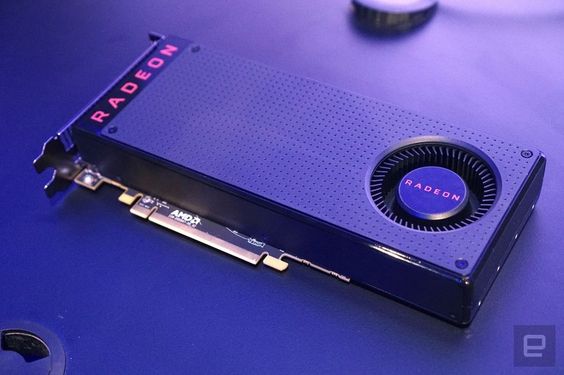


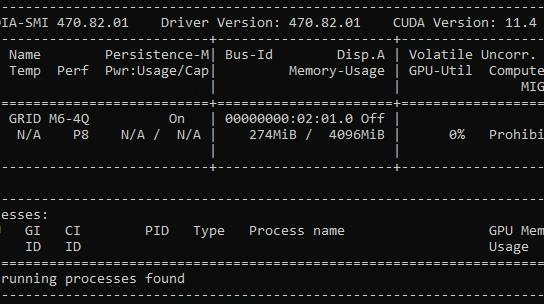
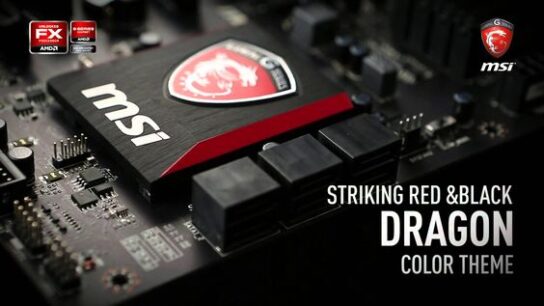
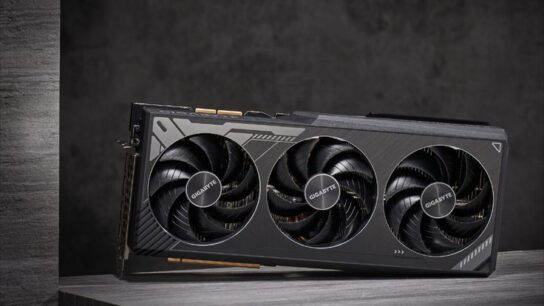

[…] on workload, thermal conditions, and power management. This article explores what it means when a GPU Memory Clock Jumping Between 5002 MHz and 800 MHz, delving into the reasons behind these changes, their impact […]